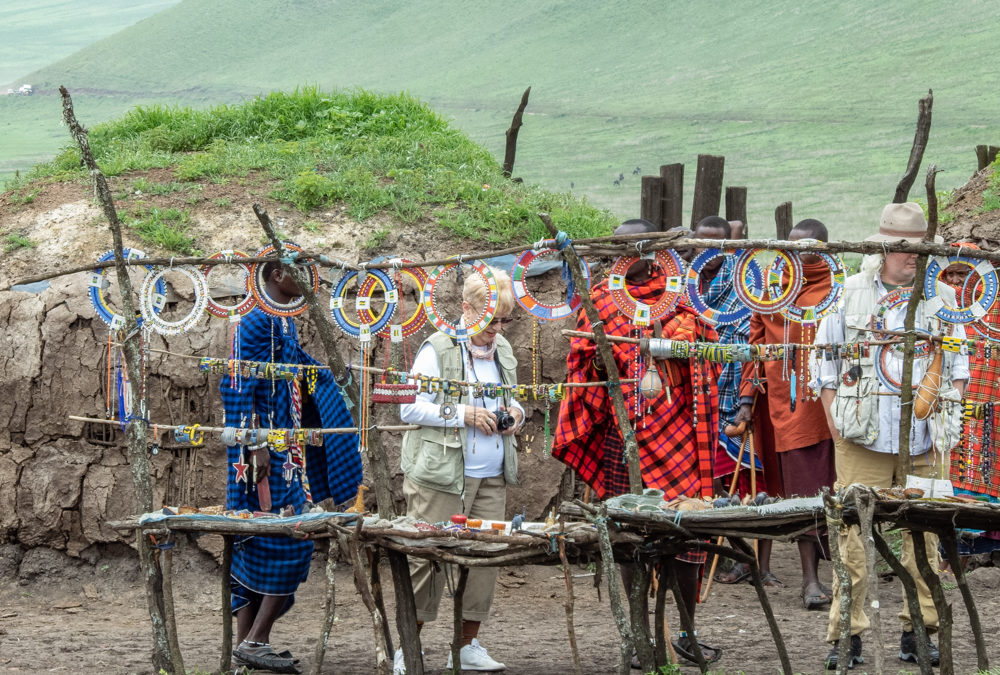While on safari in northern Tanzania (and also in Kenya) guides might make the recommendation to stop at a traditional Maasai village. GO! Say “Yes, please”. The Maasai inhabit central and southern Kenya and northern Tanzania. They are semi-nomadic and pastoralists and according to their oral history, originated in the lower Nile valley above Lake Turkana (now Kenya) before migrating south around the 15th century. In both Kenya and Tanzania, they have maintained both their cultural and grazing rights in spite of attempts to get them to assimilate over multiple centuries.
With an aversion to eating game and birds, the Maasai comfortably live near and in some of the finest game areas in the world including the Ngorongoro Crater Conservation Area, the Serengeti Plain and Tarangire National Park where we were blessed to see and interact with them.
As we approached the parks, we drove deeper into Maasai country with the continual literal and figurative battle between ranchers and farmers passing outside our window. We saw Maasai shepherds, generally boys with the occasional girl for contrast, herding toward their bomas (villages) pushing stragglers with long sticks and generally loping along. We saw a few running strong and remarked how it reminded us of the NYC marathon and how we’d rather run barefoot than in flip flops!

But before we had made it to Serengeti, we were offered, and accepted, a wonderful hour-long visit (add $10 each and well worth it) at a Maasai boma. The tribe began with a welcoming dance complete with bass and soprano trilling, blowing a pipe reminiscent of didgeridoo, and women shrugging their shoulders to bounce the beaded necklaces in rhythm to the men stomping – all while rotating in tighter concentric circles.
Then they invited all the women to join their women to practice doing the same which is a) hard on the neck muscles; b) rough with a camera around your neck; and c) a jolly good laugh. I admit to backing out of the line to capture it all from behind. Mostly it was because more than half our “teachers” had babies on their backs and allowed me to photograph them. Gorgeous.
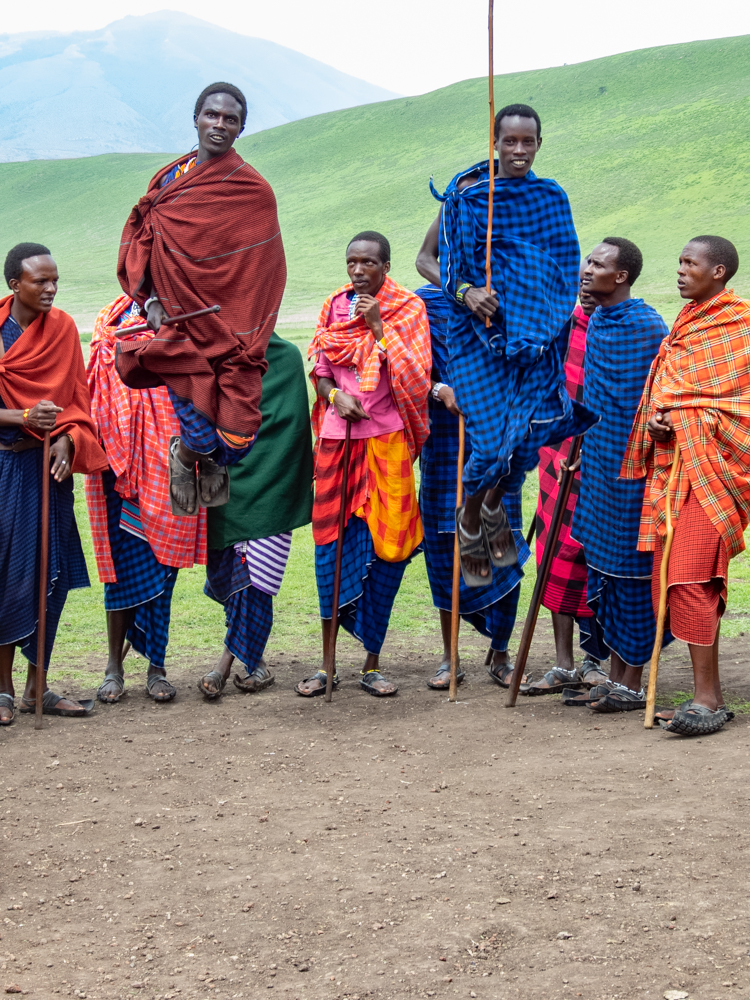
After, the men competed in a height jumping contest known as adumu which, while entertaining, was mercifully short. I gotta say if bouncing beads on your bosom and waggling your tail feathers was meant to be mating rituals – we massively failed. Nevertheless, colorful in many ways to be sure.
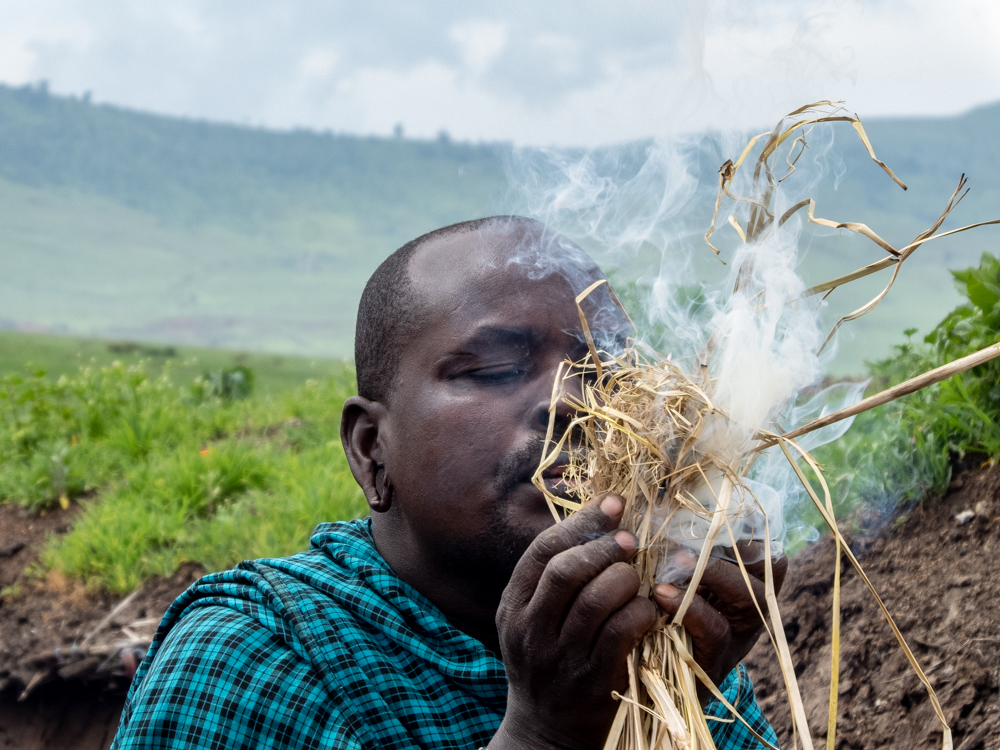
We all entered the boma to watch them make fire which had enough “oh-shit-it-isn’t-working” suspense to capture 16 adult’s attention for five minutes. We were divided into pairs to tour specific homes and ask anything we liked. Rick and I went with Steven who has 1 wife – so far – and four children. Two are in kindergarten. He was 24 and she 22 when they married and seemed nonplussed when I suggested that was “old”. I now understand from Steven and our guide, Johnson, that marriage is taken VERY seriously and should only happen when a man can support both his parents and a wife/new family. Steven did tell us he would have a polygamous life soon – when he can afford it. Each wife will have her own home and still be in the village. The entire boma is all one family with approx. 100 persons. Not sure if that includes the dozen or so new babies wrapped up on mommy’s backs.
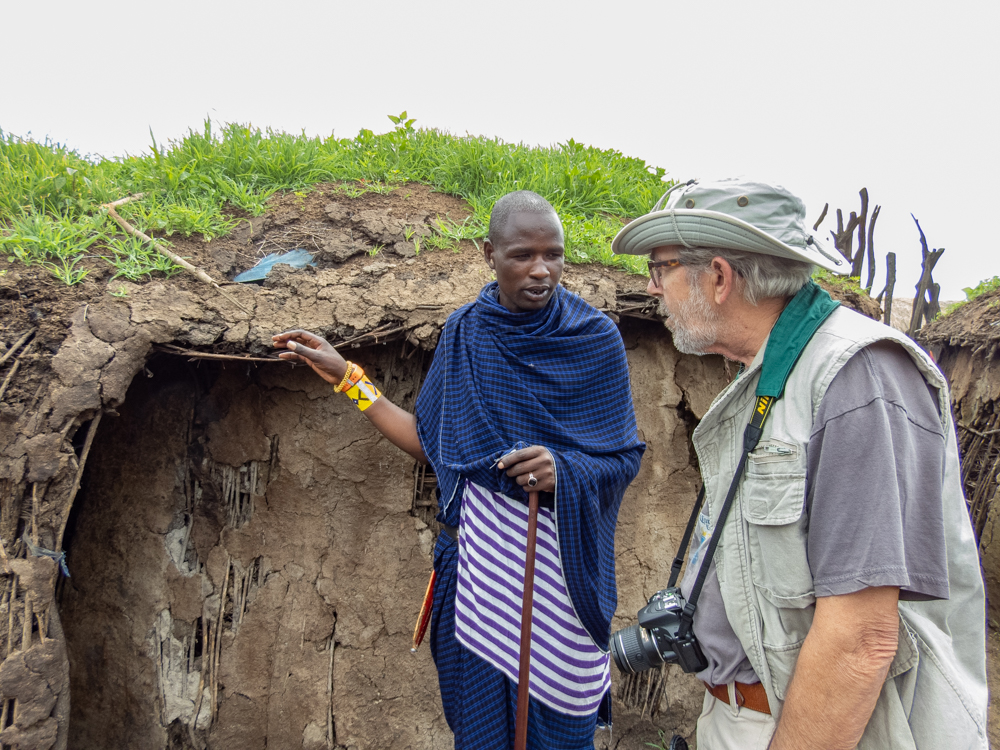
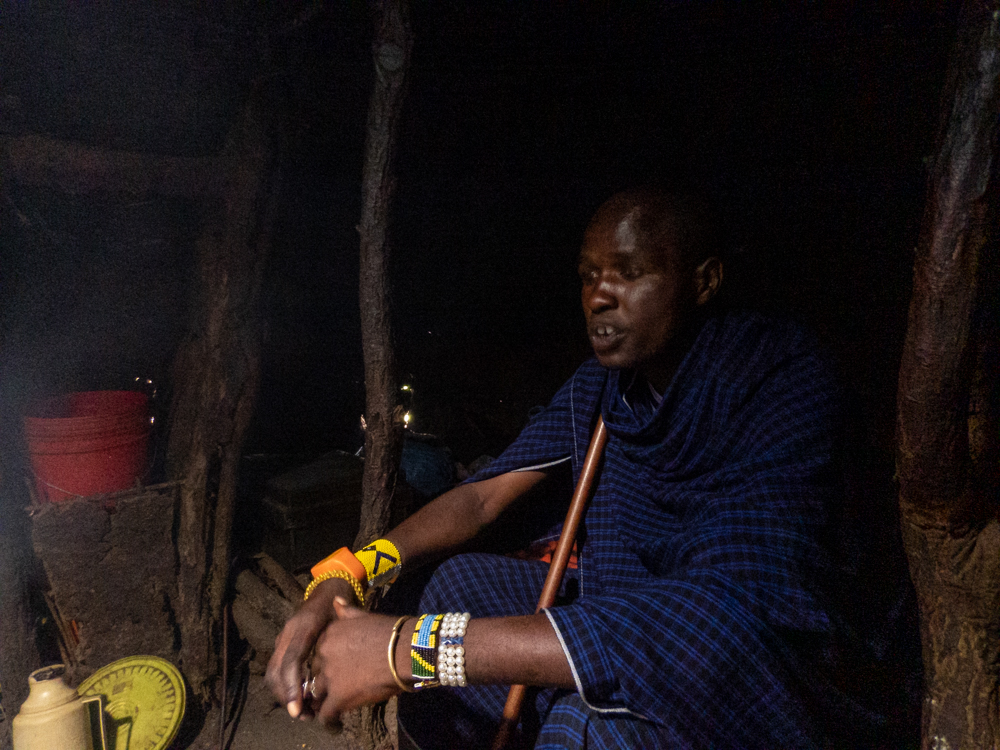
Our dark visit inside the three-room house included poor Steven trying to honor my request to lift the lid on the camp pot to glimpse what was cooking for dinner where he promptly burnt his fingers and mumbled that was woman’s work.
To be sure it appears much of their ‘work’ is done by women. We watched five women building a house with stick support and base then covered in plentiful cow dung mixed with ash which hardens to concrete. A tarp over the structure with more dung on top provides a watertight roof. There are tiny windows in each room and a central hole in the roof for fire smoke to escape and a little light to come in.
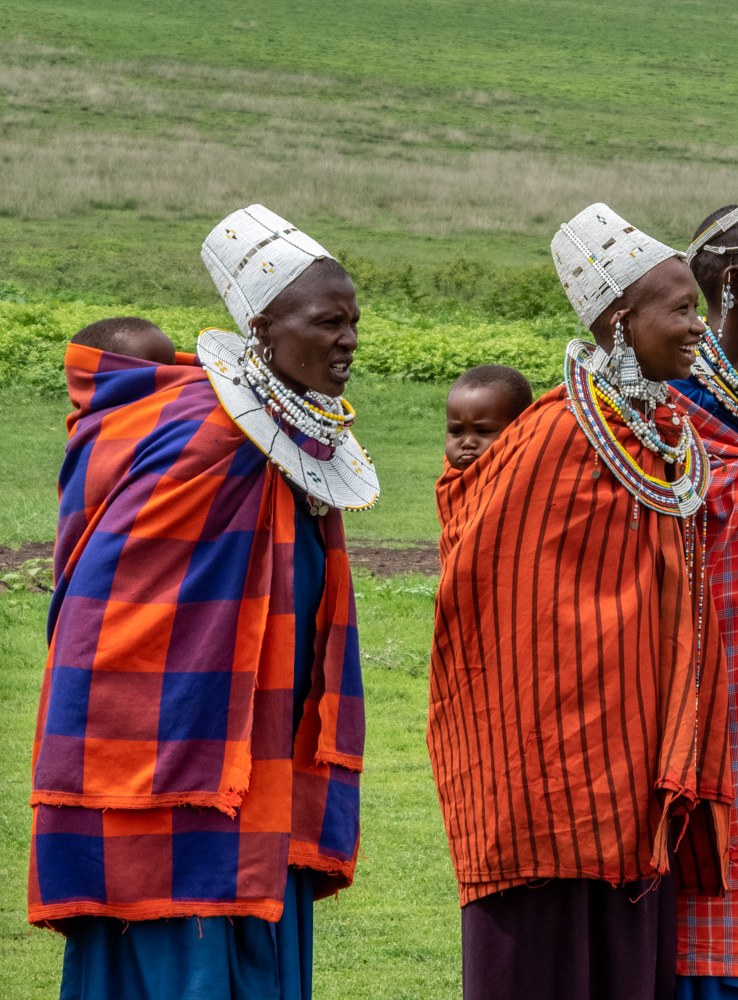

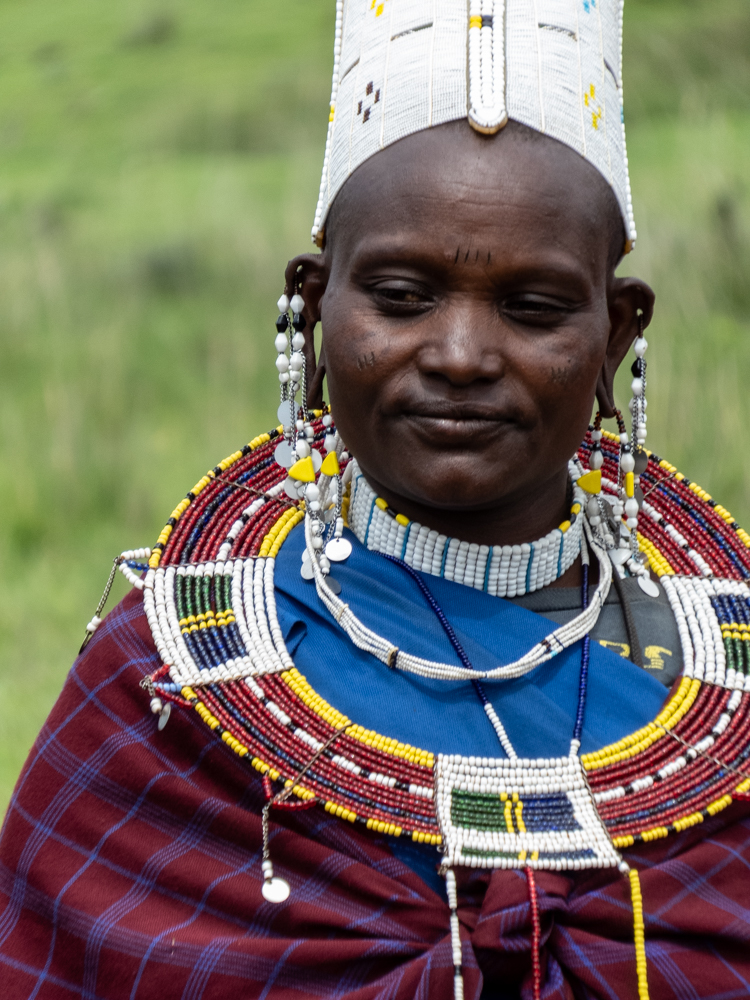
We learned about the colors used in both their clothing and beads. White means peace; blue for water; red for bravery. Colorful woven cloth is the primary clothing while beadwork ranges from circular large necklaces to bracelets and elaborate earring adornment. Men who have reached maturity carry a staff or a smaller stick the size of a baton.

We were shown their kindergarten school, given an opportunity to purchase some fine beadwork and allowed to comfortably roam and ask questions which were patiently answered. We couldn’t have been more pleased to have the chance to interact and learn from them. If ever given the opportunity you should do the same.

